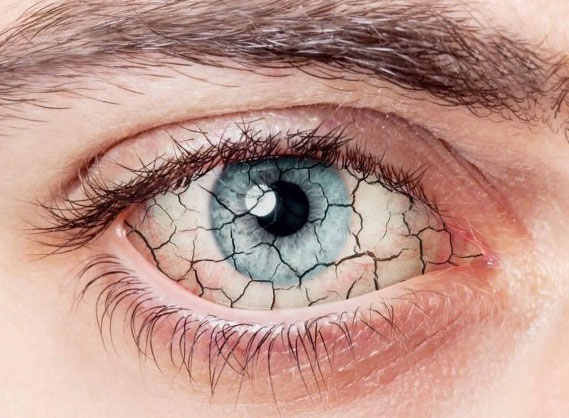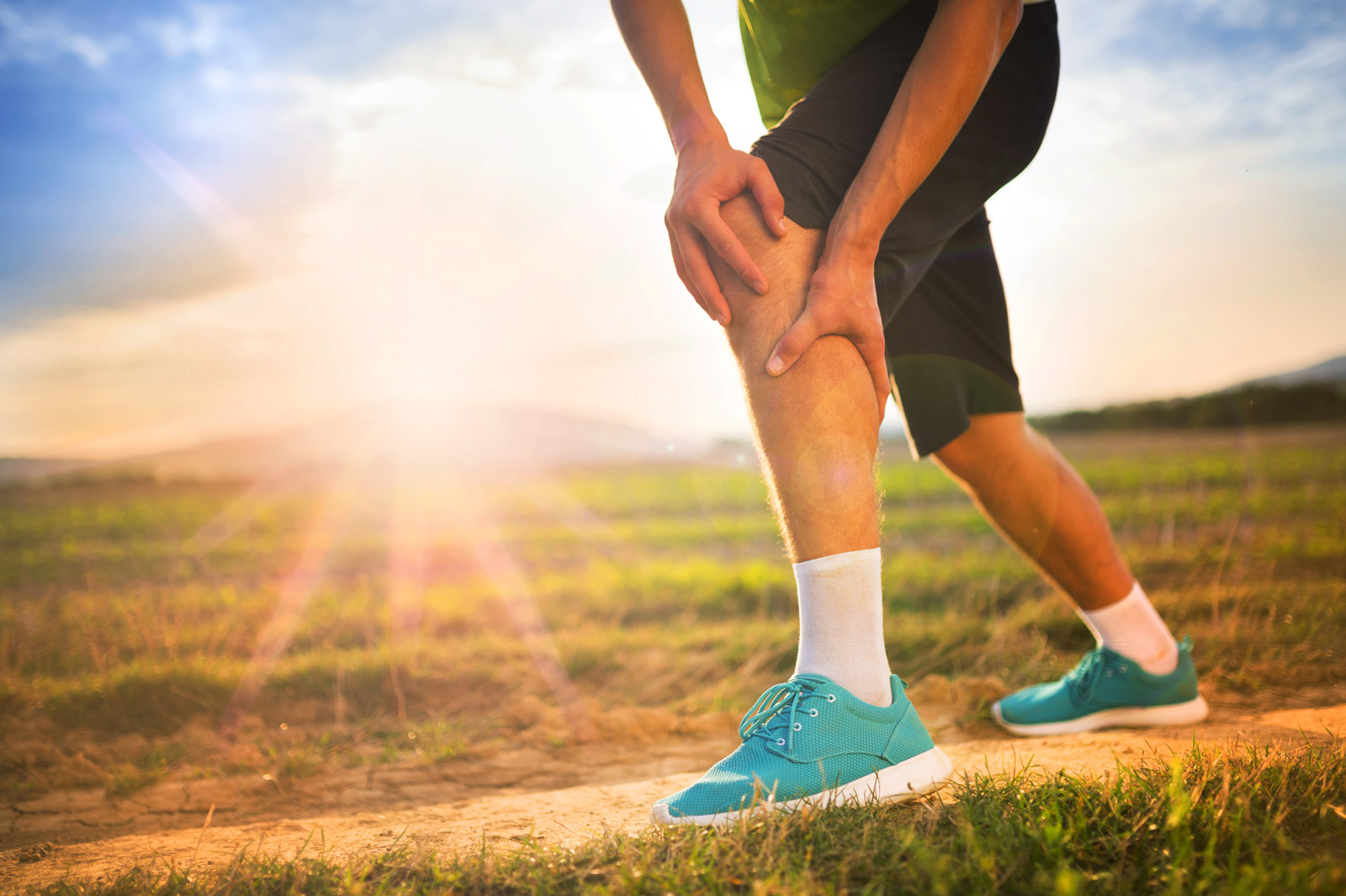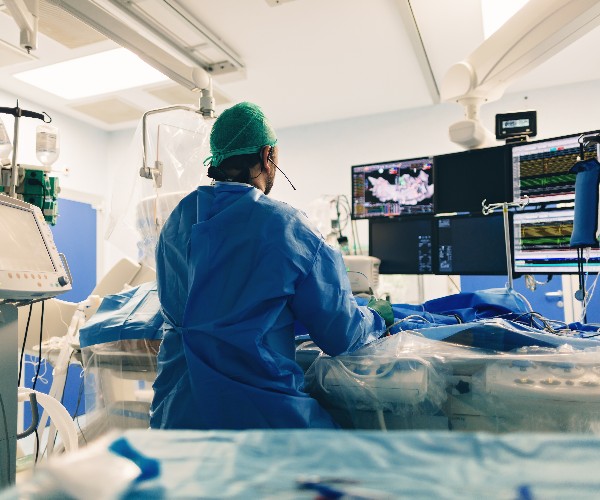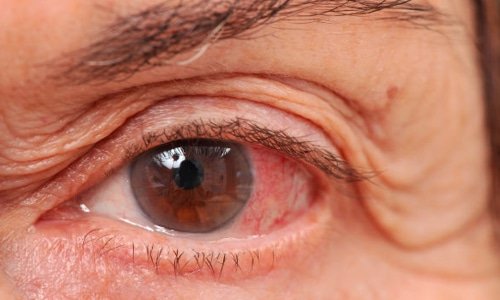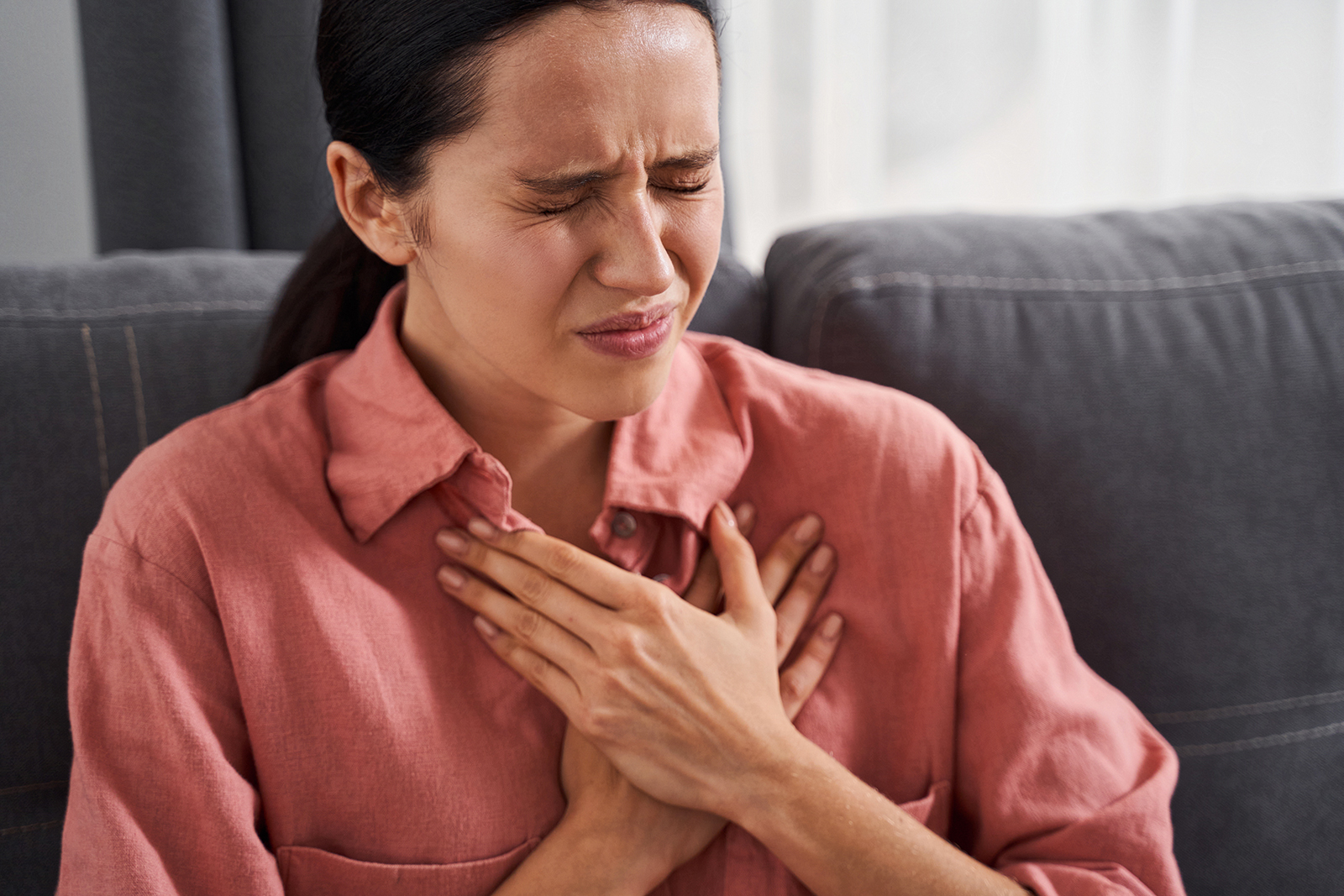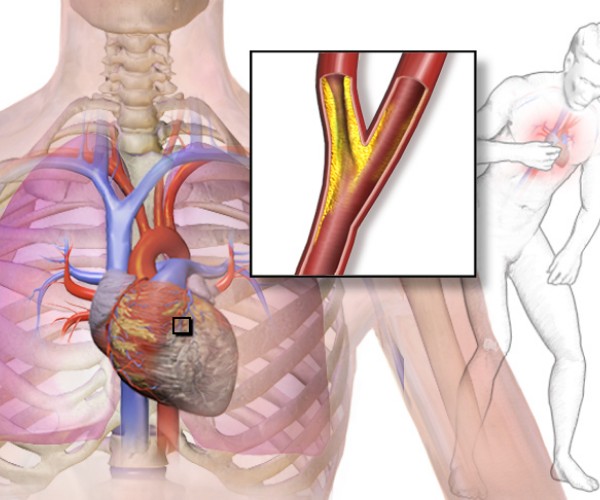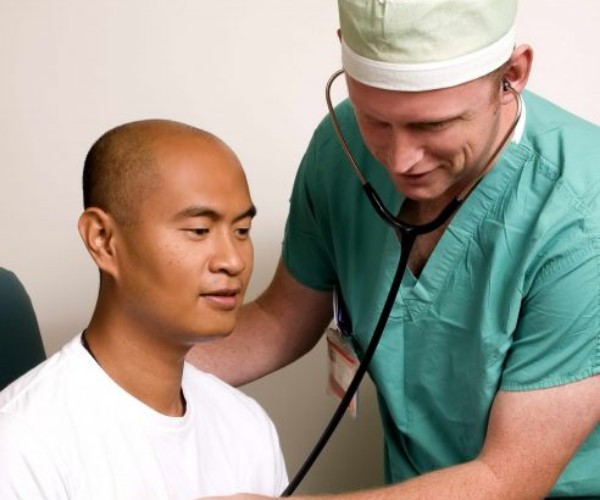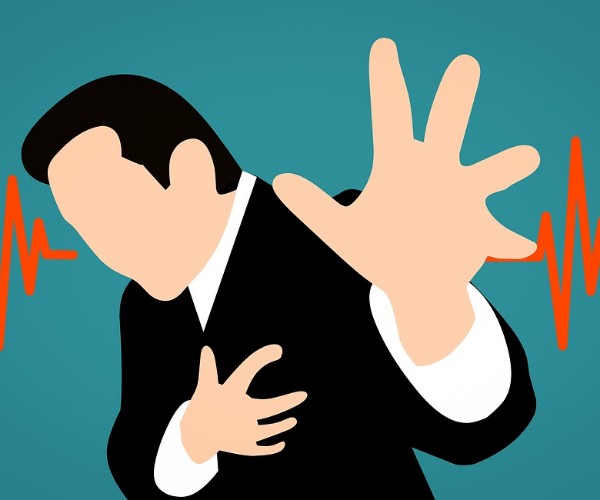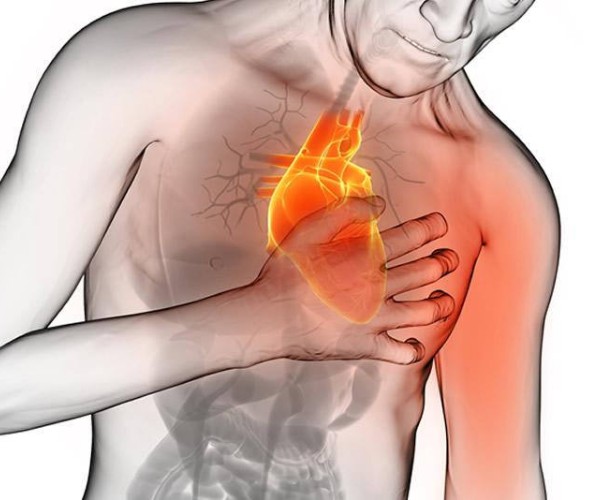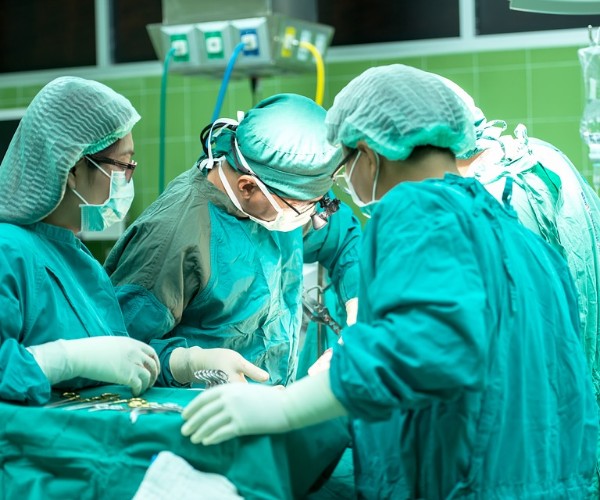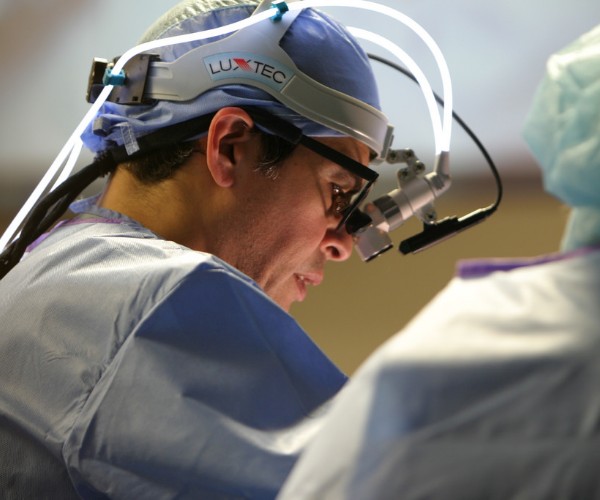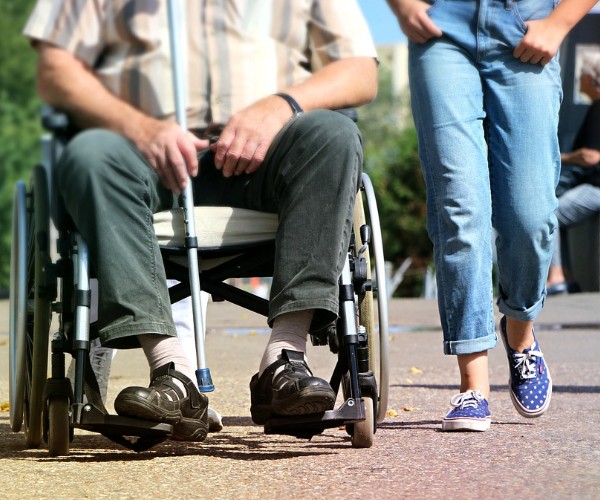For more than two decades now, cardiologists have been developing algorithms to calculate the cardiovascular risk, i.e., the probability that a person may be a victim of a heart attack or brain stroke over the next 5-10 years and plan, based on the outcome, preventive and therapeutic strategies aimed at minimizing it.
Hand in hand with the improvement of knowledge, algorithms have been periodically reviewed and refined to make the estimate of the increasingly precise risk, but until now the calculation system used was essentially unambiguous and internationally shared. At most, it was provided for the use of somewhat different parameters in Europe and the United States, in view of the different average characteristics of the population and of the different preventive approaches.
Based on the teachings of personalized medicine, it is now understood that in order to properly assess cardiovascular risk and optimize lifestyle guidance and drug therapies it is crucial to employ different calculators in different categories of patients, taking into account age (in particular, above or below 70 years of age), the presence of type 2 diabetes (a disease that multiplies the risk of cardiovascular disease 2 to 4 times that of unaffected persons), concomitant cardiovascular disease (e.g., atrial fibrillation or heart failure), or a history of acute events (myocardial infarction or stroke/TIA), as well as additional diseases (such as rheumatoid arthritis) and the therapies needed to treat them, which can increase overall cardiovascular risk.
To facilitate physicians and patients in accessing and properly using these algorithms, an international group of experts belonging to several clinical and academic centers and scientific societies in the cardiovascular area have developed U-PREVENT : a freely searchable website (in English and Dutch) by all persons interested in calculating their own cardiovascular risk, that of a family member or, in the case of physicians, of the patients they follow.
For patients, having a simple system to know their cardiovascular risk is important in order to understand when it is appropriate to see their doctor and to be encouraged to faithfully follow his or her preventive and treatment advice. But the U-PREVENT system is even more useful for physicians, as the indications provided by the algorithm are based on the integration of all the best scientific evidence obtained in clinical and epidemiological studies and allow the best strategy to be defined for each patient, on a personalized basis, to protect him or her from cardiovascular events.
In addition to calculating the 5- or 10-year cardiovascular risk, U-PREVENT can be exploited to estimate the preventive effect of major drug therapies (in particular, antihypertensive, cholesterol-lowering, and antithrombotic drugs, in the case of nondiabetic persons), thus enabling physicians to assess which treatments single or in combination may better protect the patient in later years and to what extent.
In addition, the site provides sources from the literature and material educational to support a better understanding of computers, their use and their meaning, broken down according to user profiles, that is, patient, physician or researcher. If to spontaneously use U-PREVENT is the patient and the result shows a nonnegligible cardiovascular risk, the advice is to always consult with your physician for an interpretation competent of the outcome and any appropriate further investigation.
Source
Rossello X et al. Risk prediction tools in cardiovascular disease prevention. Eur J Prev Cardiol 2019; doi:10.1177/2047487319846715 (https://www.escardio.org/The-ESC/Press-Office/Press-releases/Predicting-how-long-you-can-live-in-good-health)







